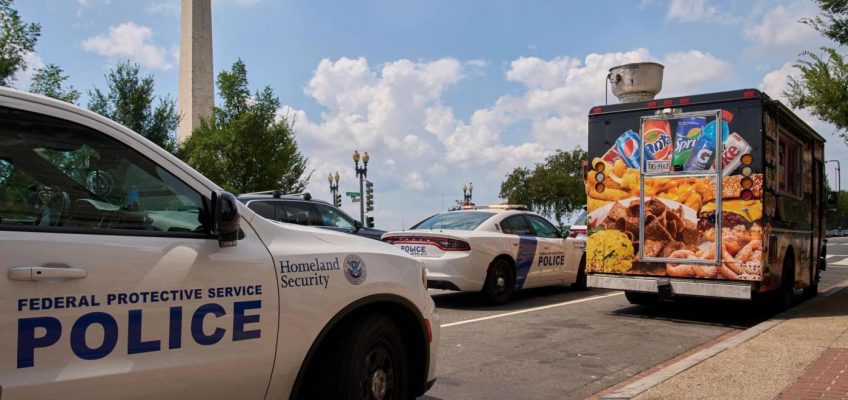City Limits rounds up the latest housing and land use-related events, public hearings and affordable housing lotteries that are ending soon.
3D massings of two buildings proposed by Maddd Equities for 1014 Brook Ave. in the Bronx. The Dept. of City Planning will hold a public scoping meeting on the project Tuesday. (Aufgang via Dept of City Planning)
Welcome to City Limits’ NYC Housing Calendar, a weekly feature where we round up the latest housing and land use-related events and hearings, as well as upcoming affordable housing lotteries that are ending soon.
Know of an event we should include in next week’s calendar? Email us.
Upcoming Housing and Land Use-Related Events:
Tuesday, Aug. 19, 2 to 5 p.m.: The Department of City Planning will hold a public scoping meeting for a rezoning proposal by Maddd Equities to build two high-rises with 1,128 apartments at 1014 Brook Ave. in the Bronx. More here.
Wednesday, Aug. 20 10 a.m. to 4 p.m.: The Department of Housing Preservation and Development’s outreach van will be at 206 Dyckman St. in Upper Manhattan to share information on applying for affordable housing, tenant rights and responsibilities, filing a housing complaint and more. More here.
Wednesday, Aug. 20 at 11 a.m.: The NYC Council’s Subcommittee on Zoning and Franchises will meet regarding the following land use proposals: 1946 East 7th Street Rezoning, 5602-5604 Broadway Rezoning, 515 7th Avenue, and 350 Park Avenue. More here.
Wednesday, Aug. 20 at 7 p.m.: The Morris Jumel Mansion presents “The City Grows, The House Expands,” a virtual conversation featuring historian Matthew Spady about Upper Manhattan’s growth in the early 20th Century. More here.
NYC Affordable Housing Lotteries Ending Soon: The New York City Department of Housing Preservation and Development (HPD) are closing lotteries on the following subsidized buildings over the next week.
2171 Frederick Douglass Apartments, Manhattan, for households earning between $131,143 – $227,500 (last day to apply is 8/18)
2519 Sedgwick Avenue Apartments, Bronx, for households earning between $73,920 – $140,000 (last day to apply is 8/18)
43-25 52nd Street Apartments, Queens, for households earning between $35,040 – $157,500 (last day to apply is 8/18)
94-15 Sutphin Boulevard Apartments, Queens, for households earning between $75,669 – $160,720 (last day to apply is 8/18)
570 Fulton Street Apartments, Brooklyn, for households earning between $68,949 – $227,500 (last day to apply is 8/18)
88-34 54th Avenue Apartments, Queens, for households earning between $83,555 – $189,540 (last day to apply is 8/20)
300 East 50th Street Apartments, Manhattan, for households earning between $60,172 – $227,500 (last day to apply is 8/21)
947 College Avenue Apartments, Bronx, for households earning between $101,418 – $227,500 (last day to apply is 8/25)
150 Lawrence Street Apartments, Brooklyn, for households earning between $73,749 – $140,000 (last day to apply is 8/25)
Fischer Senior Apartments, Bronx, for households earning up to $72,900 (last day to apply is 8/25)
Paseo on 5th aka 120 5th Avenue Apartments, Brooklyn, for households earning between $25,166 – $175,000 (last day to apply is 8/25)
21 East 29th Street Apartments, Brooklyn, for households earning between $117,086 – $261,170 (last day to apply is 8/25)
The post NYC Housing Calendar, Aug. 18-25 appeared first on City Limits.




